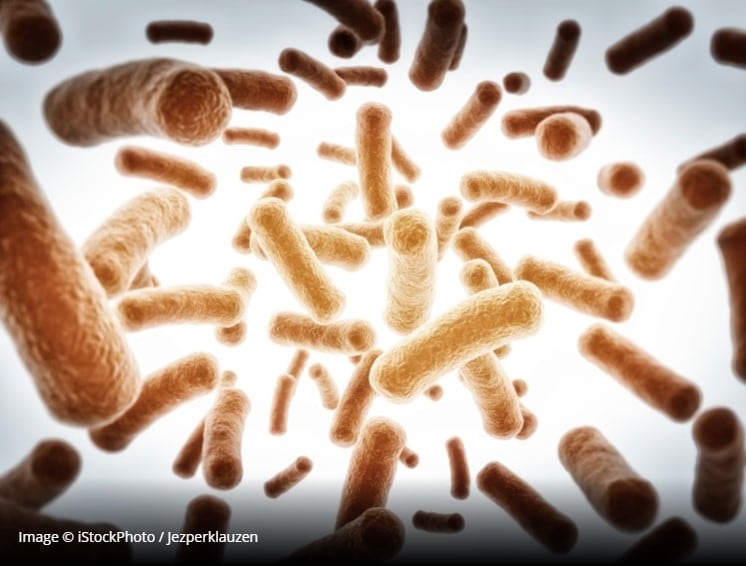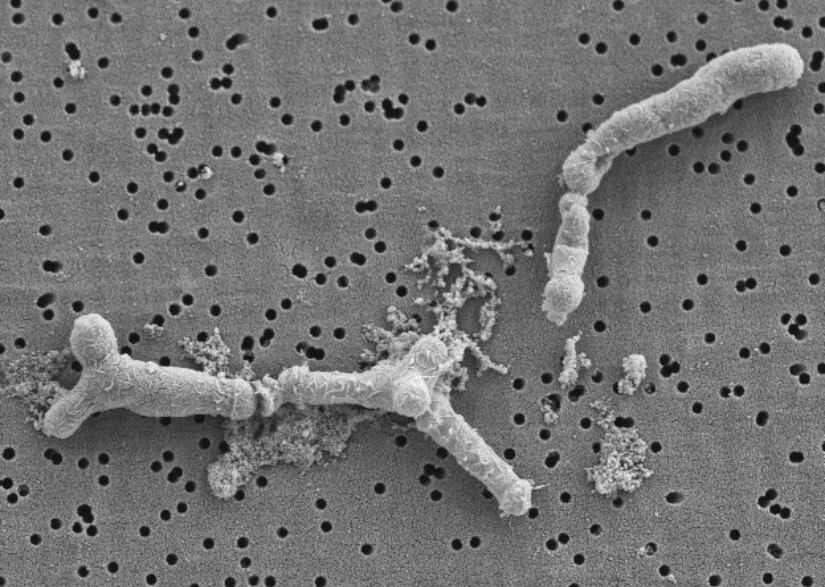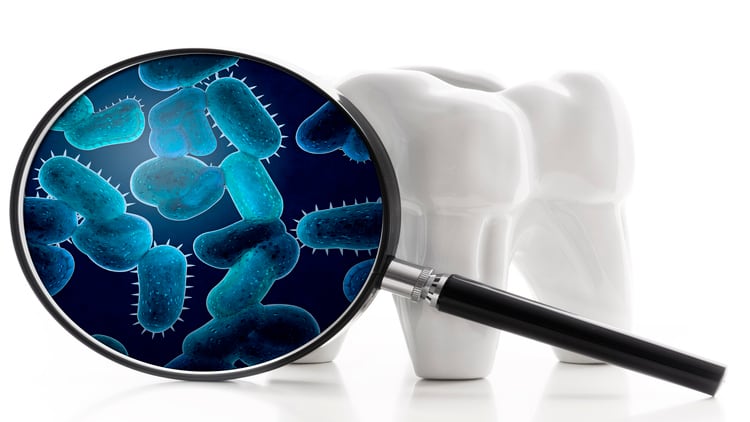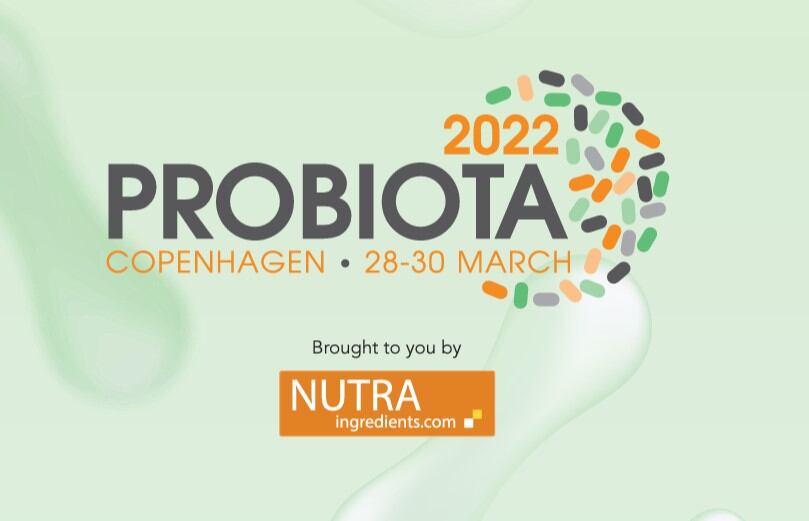The NTU scientists say that the technique, which uses coaxial spraying to crosslink the alginate polymers, is the first time spray-drying has been executed with in-situ alginate crosslinking for encapsulating live micro-organisms.
They tested the technology in a study, in which Lacticaseibacillus rhamnosus GG (LGG) probiotic bacteria coated with a crosslinked alginate and sucrose formulation demonstrated high viability after exposure to simulated gastric fluid.
“Findings of this study could provide relevant industries in food or pharmaceutical sectors with an improved method to produce encapsulated lactobacilli probiotic powder with gastro-protective properties, thereby enhancing the survivability of the probiotic through the gastrointestinal tract,” wrote the researchers in the journal Carbohydrate Polymers.
Alginate encapsulation challenges
As a natural, biocompatible, safe, low cost polysaccharide derived from brown algae, alginate is widely used for encapsulating probiotic bacteria.
The problem with using existing technologies such as extrusion, emulsification and layer-by-layer encapsulation for producing alginate-coated probiotics is that they yield ‘wet’ particles, and an additional drying step is required to produce a dry, shelf-stable powder.
Spray-drying offers a more efficient encapsulation solution: via the combined action of atomisation, heat and vacuum drying, spray-drying generates dried powder particles rapidly in a single-step.
However, there are still various challenges associated with the use of this method of encapsulation for live micro-organisms.
Firstly, the high temperatures and rapid dehydration during the spray-drying process can be detrimental to the survivability of the bacteria.
Protective agents such as sucrose have been shown to improve probiotic survivability, but have not been fully investigated in terms of their ability to protect the bacteria from the harsh acidic conditions in the stomach.
Secondly, the method of crosslinking alginate in a spray dryer set-up is problematic.
Novel spray-drying technique
The NTU scientists claim to have overcome these limitations through the development of a novel spray-drying technique that combines particle formation, alginate crosslinking and drying in a single step. The technique uses coaxial spraying for in-situ alginate crosslinking, an approach that they say can achieve more than 90% crosslinked alginate in calcium-alginate matrices.
They compared the technique with other spray-drying encapsulation approaches in a series of experiments. The six formulations tested were: sucrose only, alginate only, alginate with sucrose, crosslinked calcium-alginate, crosslinked calcium-alginate with sucrose and crosslinked calcium-alginate with sucrose using inverted feed channels.
Of the six formulations tested, the crosslinked alginates (produced via the novel technique) were found to be the most promising.
The delivery method that used protective sucrose alongside the alginate (crosslinked calcium-alginate with sucrose) was found to be the most effective at enhancing the viability of probiotics. This formulation achieved 109 CFU (colony forming units) of surviving LGG after spray-drying and exposure to simulated gastric fluid.
Interestingly, although all six samples maintained viability following the spray-drying process, the crosslinked alginates exhibited a much higher gastro-protective effect. LGG in the sucrose formulation showed complete susceptibility to simulated stomach acids, indicating that sucrose alone did not confer a gastro-protective effect on spray-dried bacteria.
The crosslinked calcium-alginate with sucrose formulation was identified as the best at conferring gastro-protection to LGG, with lowest CFU losses of 0.47 log10 (CFU/g) following simulated gastric fluid exposure.
Crosslinking is key
The scientists said that significant LGG survivability differences were identified between the un-crosslinked alginate-sucrose and crosslinked calcium-alginate with sucrose samples, indicating that crosslinking was important in enhancing the gastric acid protective ability of the alginate matrix.
“Enhanced survivability of probiotics was attributed to the formation of crosslinked calcium-alginate surrounding each particle, which immobilizes encapsulated probiotics within the matrix. Upon exposure to acidic simulated gastric fluid, excess protons could be sequestered by con- version of alginate to alginic acid, thereby providing a localised pH buffering effect which enhances survivability of entrapped probiotics in simulated gastric fluid,” wrote the researchers.
The best-performing crosslinked calcium-alginate with sucrose formulation was further evaluated with Lactiplantibacillus plantarum and Lacticaseibacillus paracasei, and similar results were obtained.
A patent application for the probiotic coating technology has been filed through NTU’s enterprise and innovation company, NTUitive.
Source: Carbohydrate Polymers
Published online: doi.org/10.1016/j.carbpol.2022.119279
“In situ alginate crosslinking during spray-drying of lactobacilli probiotics promotes gastrointestinal-targeted delivery”
Authors: Tan LL, Mahotraa M, Chana SY, Loo SCJ




